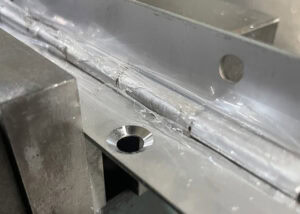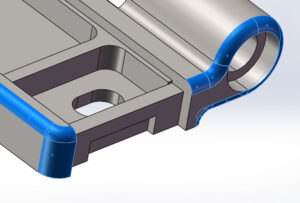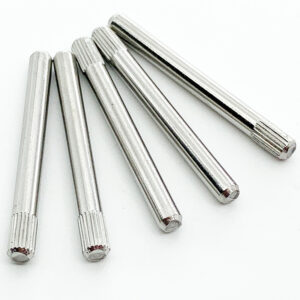Have you ever struggled to achieve that perfect, clean aesthetic in your kitchen or bathroom cabinetry? It’s a common problem: those bulky, traditional hinges often ruin the sleek look you’re aiming for. The frustration builds when you realize that even the smallest detail can disrupt the harmony of your design.
A concealed cabinet hinge is a hidden hinge mechanism that allows cabinet doors to open and close smoothly without visible hardware on the outside. This hinge type is a game-changer for achieving a seamless and modern look in your cabinetry, perfect for those who prioritize both form and function.
When I first discovered concealed cabinet hinges, I was amazed by the difference they made. The clean, uninterrupted lines of my cabinets gave the entire room a more polished, professional appearance. It’s the kind of subtle detail that elevates a space without being overtly noticeable.
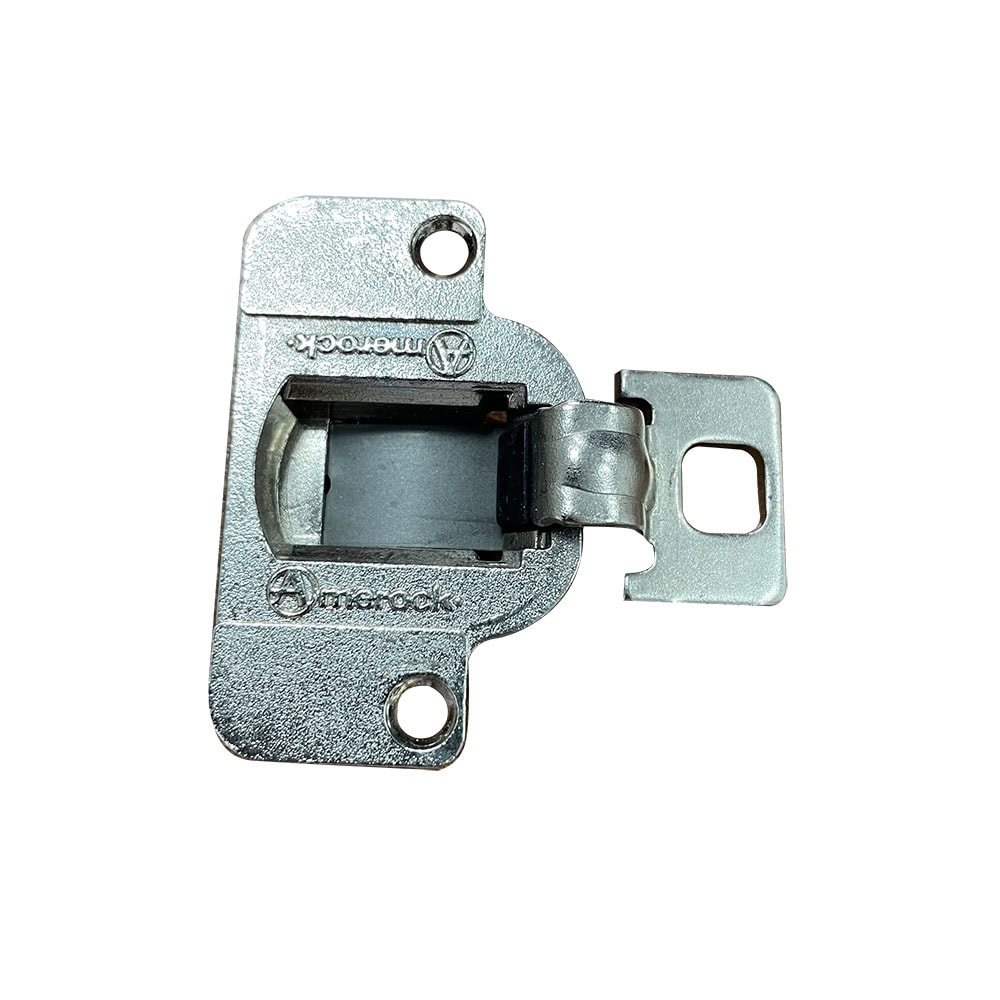
The Basics of Concealed Cabinet Hinges
A concealed hinge, sometimes known as an invisible hinge, is designed to be hidden from view when the cabinet door is closed. Unlike traditional hinges that are mounted on the outside of the cabinet, concealed hinges are installed inside the cabinet, leaving the exterior of the door completely free of visible hardware. This design not only enhances the visual appeal of your cabinets but also contributes to a more streamlined, minimalist aesthetic.
In addition to aesthetics, these hinges offer practical benefits. For instance, concealed hinges allow for greater adjustability. You can fine-tune the alignment of your cabinet doors with ease, ensuring they close flush every time. This adjustability is particularly useful when dealing with cabinets that may not be perfectly square or have settled over time. The precision and control offered by concealed hinges make them a popular choice among both homeowners and professional cabinetmakers.
The Mechanics Behind Concealed Hinges
Understanding how a concealed hinge works can help you appreciate its benefits even more. These hinges are typically made up of two parts: the hinge cup and the mounting plate. The hinge cup is recessed into the door, while the mounting plate is attached to the inside of the cabinet frame. When the door is closed, the hinge is completely hidden, but it still allows for a full range of motion when opened.
One of the key features of concealed hinges is their soft-close mechanism. This feature prevents the door from slamming shut, which not only reduces noise but also prolongs the life of both the door and the hinge. The soft-close mechanism uses a combination of springs and dampers to gently close the door in a controlled manner. This functionality is especially beneficial in high-traffic areas like kitchens, where cabinet doors are frequently opened and closed.
The Different Types of Concealed Hinges
Not all concealed hinges are created equal, and choosing the right one for your project can make a significant difference. There are several types of concealed hinges, each designed for specific applications. The most common types include full overlay, half overlay, and inset hinges.
- Full Overlay Hinges: These are used when the cabinet door covers the entire front of the cabinet box. Full overlay hinges allow the door to completely overlap the cabinet frame, giving a seamless appearance when the door is closed.
- Half Overlay Hinges: These are used when two doors share a common cabinet side. Each door only partially overlaps the cabinet frame, making this type of hinge ideal for situations where space is limited.
- Inset Hinges: These are used when the door sits flush with the cabinet frame, creating a completely smooth surface. Inset hinges are often used in traditional or Shaker-style cabinets where a classic, clean look is desired.
Each type of hinge offers its own set of benefits, and the right choice depends on the specific needs of your cabinetry project.
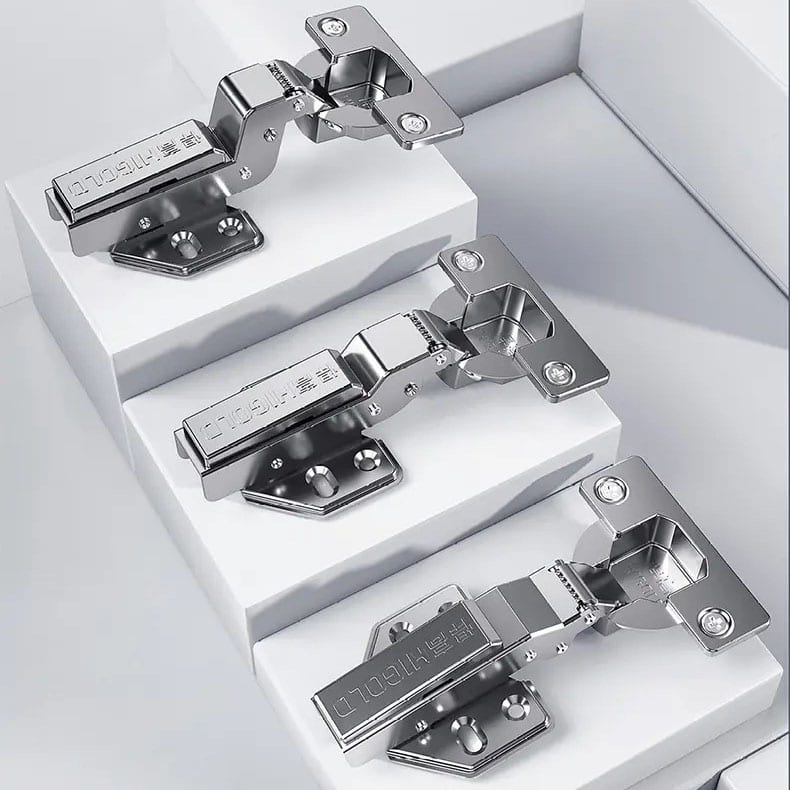
Installation Considerations
Installing concealed cabinet hinges can be a bit more challenging than installing traditional hinges, but the end result is well worth the effort. One of the most important things to consider during installation is the hinge placement. Proper alignment is crucial for ensuring that the doors operate smoothly and close properly.
Before you begin, it’s essential to have the right tools on hand, including a drill, screws, and a hinge jig. The jig will help you position the hinge cup correctly on the door. You’ll also need to make precise measurements to ensure that the hinge is mounted at the correct height and depth. Although it may take some time to get everything lined up perfectly, the result is a flawlessly functioning cabinet door.
Another important consideration is the cabinet material. Different materials, such as wood, MDF, or laminate, may require different installation techniques. For example, MDF is more prone to splitting, so it’s important to pre-drill pilot holes before inserting screws. Taking these factors into account will help you avoid common installation pitfalls and achieve a professional finish.
The Advantages of Concealed Cabinet Hinges
The appeal of concealed cabinet hinges goes beyond just aesthetics. These hinges offer a range of practical advantages that can enhance both the functionality and longevity of your cabinetry. Because the hinge is hidden inside the cabinet, it is less exposed to dust, grease, and other contaminants that can cause wear and tear over time.
Concealed hinges also provide greater security for your cabinet contents. Since the hinge is not visible, it’s harder for someone to tamper with the door or remove it altogether. This makes concealed hinges an excellent choice for cabinets that store valuable or sensitive items.
Furthermore, the smooth operation of concealed hinges adds to the overall quality feel of your cabinets. Whether you’re opening or closing the door, the hinge provides a quiet and effortless motion that enhances the user experience. This is particularly important in high-end kitchens and bathrooms where every detail contributes to the overall luxury of the space.
Conclusion
In conclusion, concealed cabinet hinges are an excellent choice for anyone looking to enhance the appearance and functionality of their cabinetry. These hinges offer a sleek, modern look while providing practical benefits such as adjustability, durability, and security. Although installation may require a bit more effort, the end result is well worth it, providing a polished, professional finish that can elevate any room.
That’s it, now you know what a concealed cabinet hinge is and why it’s a valuable addition to your home.
You may be interested:

